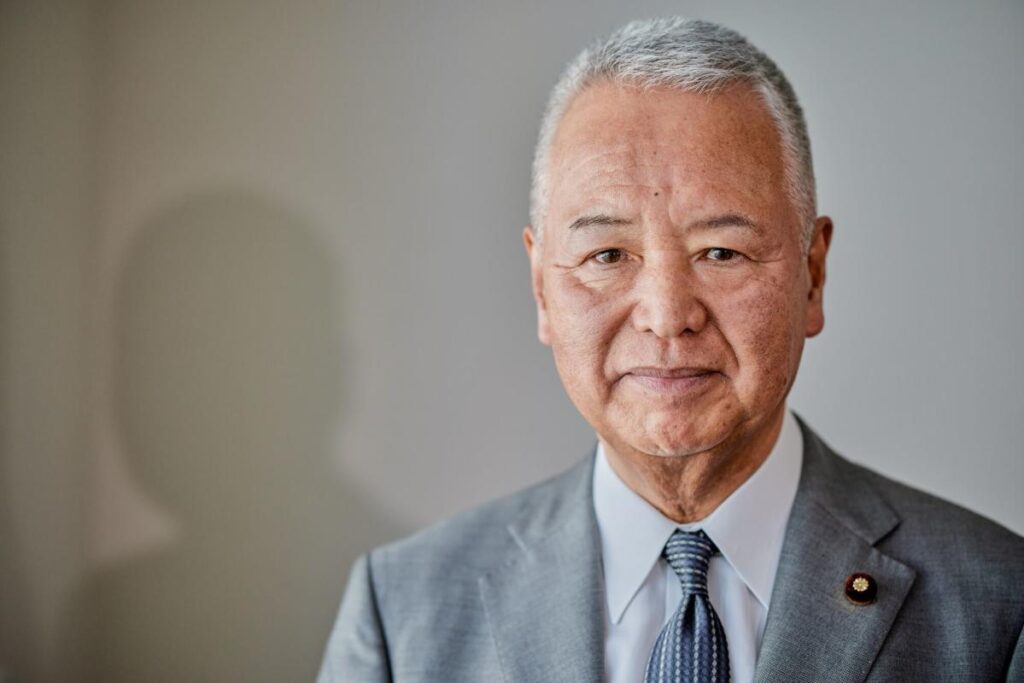In the recent Japanese general election, the defeat of Akira Amari, a prominent figure in the Liberal Democratic Party (LDP) and a long-time advocate for the country’s semiconductor industry, reflects growing concerns over the investment of taxpayer money in this sector. Amari, who has played a vital role in shaping Japan’s semiconductor policies over his four-decade political career, lost his seat in the Kanagawa Prefecture to Sayuri Otsuka from the Constitutional Democratic Party of Japan. Otsuka’s campaign promised increased support for childcare and nursing care, signaling a possible shift in public priorities away from heavy investments in industrial sectors like semiconductors.
Throughout his career, Amari was instrumental in pushing for significant financial allocations to enhance Japan’s semiconductor capabilities. He, along with Yoshihiro Seki, the secretary general of the LDP’s chip coalition, helped orchestrate the allocation of approximately ¥4 trillion (around $26 billion) in subsidies aimed at building and revitalizing chip factories in Japan. This financial commitment included a notable pledge of up to ¥920 billion to Rapidus Corp., a startup aspiring to produce advanced semiconductors by 2027. Seki successfully retained his parliamentary seat, suggesting a continued, albeit challenged, support for the semiconductor initiative within the LDP.
Following Amari’s defeat, the future of Japan’s semiconductor investment strategy hangs in the balance. According to reports from NHK, the Economy Ministry is considering establishing a new framework to support the chip sector, although it remains uncertain whether this framework would enhance or decrease public funding. The focus is shifting towards encouraging private sector investment in semiconductors, and the government aims to consolidate its plans in an upcoming economic package. This approach indicates a potential pivot towards more collaborative economic strategies involving private enterprises rather than relying exclusively on public funds.
Prime Minister Shigeru Ishiba has also signaled intentions to introduce a stimulus package larger than the previous year’s, though the specifics regarding extra budget allocations for the semiconductor supply chain remain undetermined. The recent electoral outcome, where the LDP and its coalition partner Komeito failed to secure a majority for the first time since 2009, suggests an environment where the government may have to seek compromises with opposition parties on its policy direction. This political shift could necessitate a reevaluation of Amari’s aggressive funding strategies and lead to a more cautious approach to public spending in the semiconductor sector.
The loss of Amari raises questions about the future of Japan’s semiconductor ambitions, especially as global competition intensifies, particularly from countries like the United States and those in East Asia. His defeat could pivot the conversation toward finding a middle ground on how best to balance public investment with private sector involvement. While the government may still prioritize semiconductor prominence, the emphasis may evolve toward creating a more sustainable model that minimizes reliance on taxpayer funding and encourages more innovative partnerships with private capital.
In summary, Amari’s exit from the political scene and the shifting landscape of Japan’s semiconductor funding signal a critical juncture for the industry. As the government explores new frameworks and contemplates a larger stimulus package, the emphasis on balancing public and private investments may lead to a reformation of strategies to ensure Japan remains competitive in the semiconductor market. The ongoing political dynamics will play a key role in shaping the future direction of semiconductor investment and governance in Japan, and the implications of these changes will likely resonate across the economy and technology sectors in the years to come.

